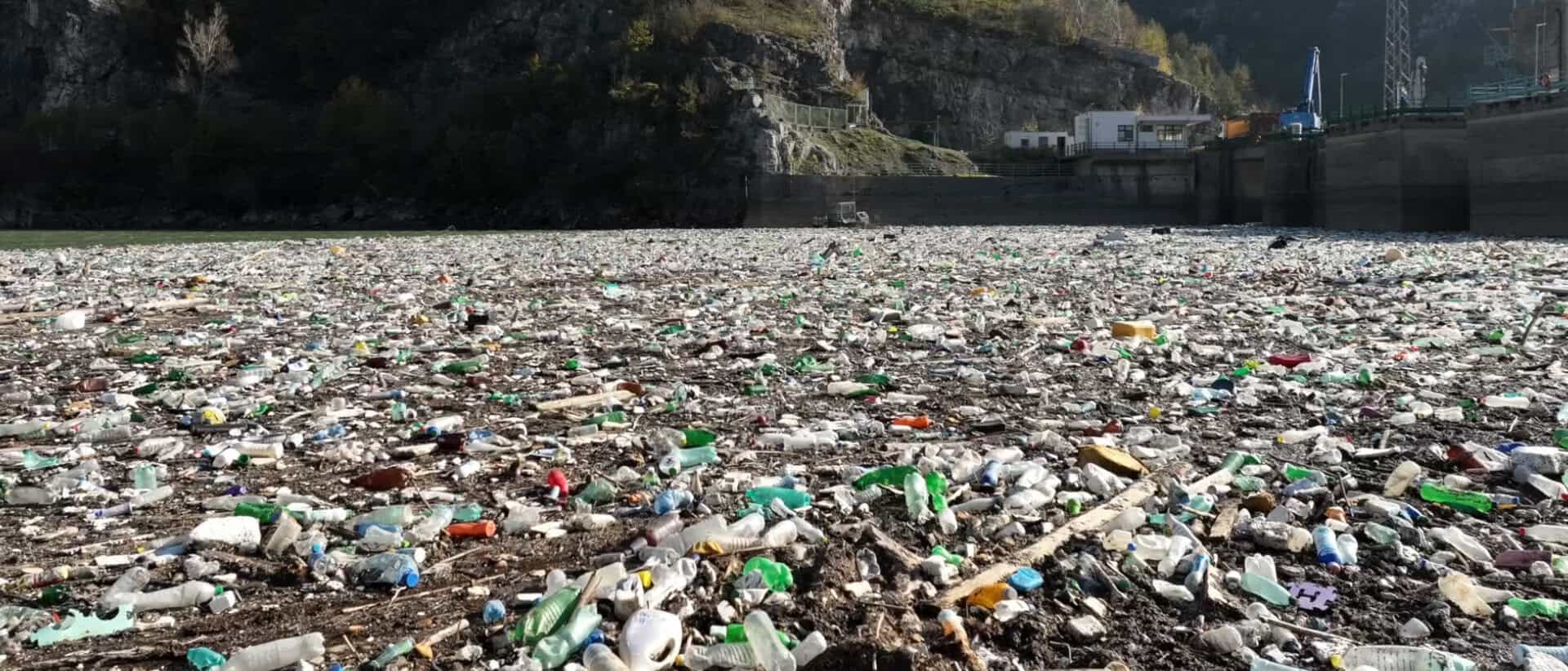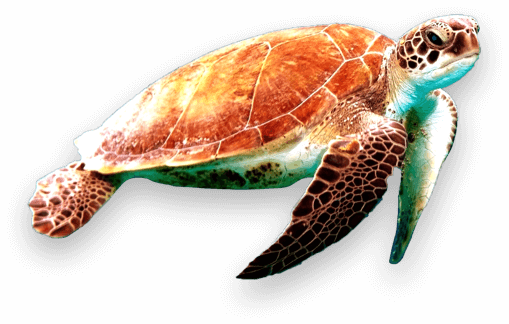Ocean Plastic Affects Us All
The increasing pollution of the oceans is no longer a local problem that occasionally occurs on beaches. The effects of the flood of plastic are global – and the causes can be found all over the world.

The way into the oceans
Every year, up to 12 million tons of plastic end up in the oceans1. These masses of waste do not originate directly at sea entrances or coastal regions – most ocean plastic originates on land and is carried into the oceans via rivers.
Anyone who thinks we in Germany are in the clear – far from it! A study from 2018 shows that the global plastic problem also originates here. Waste was collected, sorted and analyzed at various large and small rivers in Germany. The result: two thirds of the waste consists of plastic2. Potential plastic that drifts into the oceans via rivers.
Plastic accumulations in the oceans
Once in the oceans, it is extremely difficult to get the plastic out of the environment and back into a recycling process. Ocean plastic decomposes into microplastics and can be found in these tiny particles for hundreds of years – a plastic bottle, for example, takes around 450 years to completely decompose in the sea3.
One of the best-known examples of plastic pollution in the oceans is the “Great Pacific Garbage Patch“, a huge pile of garbage floating between Hawaii and California. According to figures from 2018, the Great Pacific Garbage Patch now measures 1.6 million square meters, which is around 4.5 times the size of Germany4. This enormous area is even larger than experts had previously assumed – and continues to grow exponentially. Thousands of tons of plastic, mainly microplastics, continue to accumulate5.
The consequences of plastic pollution
The consequences are fatal: more than 1 million seabirds and 135,000 marine mammals are killed by plastic in the sea every year. The animals choke on plastic bags and plastic particles, among other things, or starve to death with full stomachs because plastic clogs their digestive system6.
But that’s not all: the decomposition processes release hazardous substances and toxins that are absorbed by marine life and can have a lasting effect on their genetic make-up and hormone balance7. Harmful effects on humans cannot be ruled out either – around one in three fish for human consumption contains plastic8.
Our impact
These figures and effects clearly show that plastic waste in the oceans has global causes and concerns us all. As the majority of ocean plastic enters the oceans through rivers, this is exactly where we come in: with targeted cleanups on rivers, we remove the plastic before it can enter the oceans and have a fatal impact on the environment. Since our foundation, we have already been able to remove 1.9 million kilograms of plastic from the rivers – and of course we will continue!
Sources
1: Plastic in the sea: 187+ statistics and facts on marine pollution
3: Plastic in the sea: 187+ statistics and facts on marine pollution
4: What is the Great Pacific Garbage Patch really made of? | National Geographic
5: Evidence that the Great Pacific Garbage Patch is rapidly accumulating plastic | Scientific Reports
6: Plastic waste and its consequences – NABU
7: Plastic waste and its consequences – NABU
8: Plastic in the sea: 187+ statistics and facts on marine pollution


